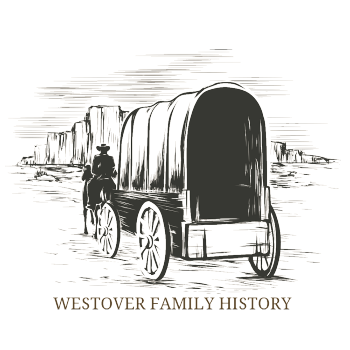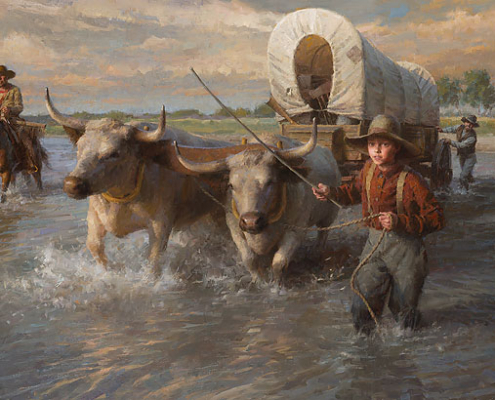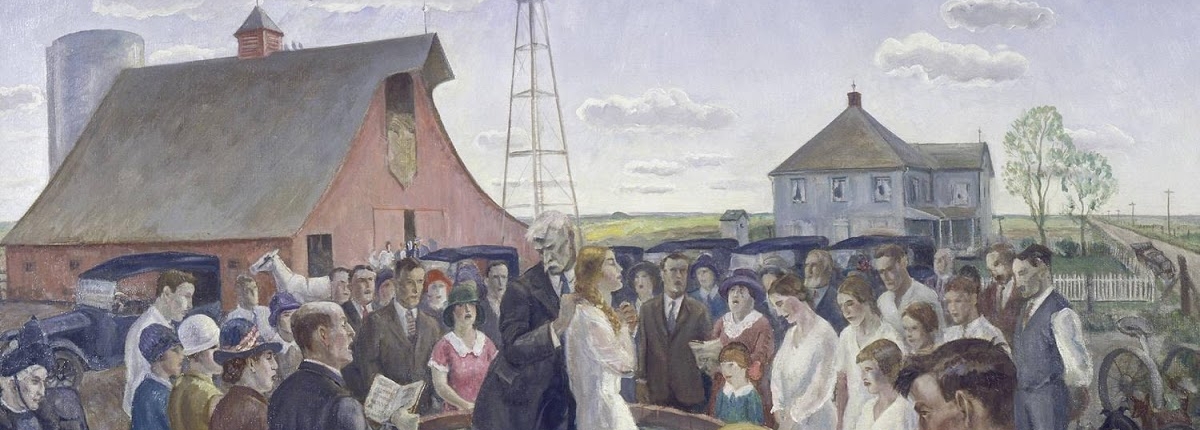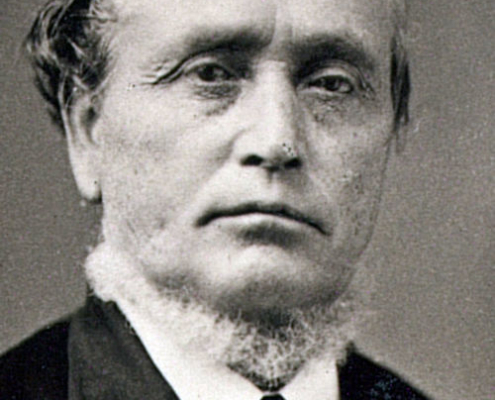The Westovers from Ohio to Utah
Part I of a series featuring our 19th Century families
Part I of a series featuring our 19th Century families

The westward migration of the Westovers of Ohio is quite the epic tale. This is the first in a series of posts where we share the story via a chronological timeline.
On the timeline we use images, maps, documents, brief snippets of history and links to bring it all together. All of this contains more detailed information than what we have shared before. In fact, some of this is new. Our goal is to provide as much information as we possibly can about our family as people: what they thought, who they were, etc.
We are also working on similar timelines for the Snows, Smiths, Riggs, and other family lines as well.
This is a long read with links to Family Search and other features we have shared in the past right here on Westover Family History.
There are a lot of opinions and some difficulty that many have about Family Search. We believe all family members need to know and understand that resource and why we work so much with it. We want to help you with it.
We also quote from several known histories and published works such as A Legacy of Faith, a comprehensive work by Paul Lewis Westover. (Found here in our archives).

This is a big story. These are real people and they are our people.
There is a great deal more to their story than the points of interest we see on the map:
How and Why They Left
Our 19th Century story begins with Alexander and Electa Westover in Goshen, Ohio.
Alexander had sought out his own land after the passing of his parents in 1822. In getting land of his own he also married – and a new generation of Westovers came from this union.
Over the years we have shared a great deal of information about Edwin Ruthven Westover. He was a significant individual in the course of the Westover family, especially in the 19th century west.
This time we present a new perspective on his experience by sharing information about him and his little brothers, Charles and Oscar. Our focus here is mainly on Edwin and Charles. But that is only because we have more information about them and because they had both parallel and shared experiences. Edwin and Charles joined the Church of Jesus Christ of Latter-day Saints. Their story become embedded within the Mormon pioneer legend.

Oscar chose another path. Caught up in the gold fever of 1849 Oscar continued on to California. His experience was different than that of his brothers. We also focus on Edwin and Charles because their families then, as now, are linked. We almost cannot tell the story of one without telling the story of the other.
Edwin and Charles were only three years apart in age. Yet their early experiences were considerably different and unique.
Edwin, who was not quite ten years of age when their father, Alexander, died was of more of a working age when Electa was forced to send her children away.
Charles was six years old. His experience with other families was not good and in fact in some cases may have been abusive.
This difference in time and treatment would affect the coming years of conversion, travel and re-settlement in the west. Here is a timeline of the early years of these Westover brothers:
The early death of any parent is devastating. For the three young sons of Alexander Westover, it would be life changing.
Before he passed, Alexander reported to his family a dream he did not understand. But it would later prove very significant for his family. In it he described seeing people being baptized by immersion in something described as a “tan vat”, which was a large tub.

Electa did all she could to keep the farm and the family together but the work proved too much and the boys just too young. The formative early years for Edwin, Charles and Oscar would be a time of separation and work.
Edwin was sent to work with a family in a neighboring town. Oscar, the youngest, was sent to live with Electa’s sister, Aunt Hannah. Charles for a time lived with Grandma Beal. But one day a man came for him and took him nearly ten miles away.
Charles later wrote, “When I went with that man my troubles began. He had a wife but no children. Their name was Osborne. They worked me early and late. He and his wife seemed to take delight in thrashing me. They would send me upstairs to bed without supper. I would look down through a crack and watch them eating which made me feel very hungry.”
He was there for a year before Electa learned of the abuse.
She would not allow him to stay there another night. Within days she was able to place Charles with another family who lived close to her sister, Hannah. This allowed Charles to at least see his little brother Oscar more often.
The family Charles was with was named Savage. Of the man, Charles had good things to say and reported not only kind treatment but he was also taught valuable work skills.
But of Mrs. Savage Charles did not have much nice to say. In his months there Charles said Mrs. Savage “…was cross and unkind to me –this made me worse that I otherwise would have been.”
Charles admitted his teen years were difficult for him and he had issues just about everywhere he lived. His history reports periods of poverty and poor hygiene.
He would periodically be sent home to his mother to get cleaned up and perhaps even re-clothed.
In due time Charles came to work for a Mr. Lapham, who dealt with Charles a bit more fairly. Charles stayed with them for five years.
It was during this period that nearly everything changed for the Westover family during the decade of the 1840s:
We’re all related – eventually.
 The experience of Charles Westover at Winter Quarters introduced Erastus Snow to the family. Over the course of the next decades the name of Snow would become embedded into our family history. So too would be the names of Smith, Riggs, Rowe, Humble, Barnhurst and others.
The experience of Charles Westover at Winter Quarters introduced Erastus Snow to the family. Over the course of the next decades the name of Snow would become embedded into our family history. So too would be the names of Smith, Riggs, Rowe, Humble, Barnhurst and others.
Fortunately, our first brush with Mormon fame, Erastus Snow, is actually related. How are we related?
Grandpa Riggs married Muriel Snow, a daughter of Joseph Homer Snow, who was a son of James Chauncey Snow, who was a son of Gardner Snow. Gardner Snow’s father and Erastus Snow’s father were brothers.
All of this is important to remember because as our timeline unfolds below the name of Erastus Snow comes up again and again.
It is also important to remember as we publish timelines like this one for the Smiths, Snows, Riggs and other lines from which we are descended.
You see, the world was much smaller in Utah during these generations. Erastus Snow would have interactions and know other members of our family.
Of course, you cannot mention the name Snow in the context of Church history without also talking of Lorenzo Snow and his sister, Eliza R. Snow. How are we related to them?
That’s a bit more complicated. We are not actually connected to Lorenzo and Eliza R. through the Snow line at all. Our relation comes through the mother of Alexander Westover – Ruth Loomis — and it’s a distant relationship at best. One of Lorenzo’s wives – Sarah Ann Pritchard – was the 4th great granddaughter of Phillip Loomis. Phillip Loomis was Ruth Loomis’ grandfather. So technically we’re cousins – but distantly so.
Despite the shared name of Snow the relationship between Erastus and Lorenzo Snow is even more vague and distant than our connection.
The thing to remember about famous individuals like Erastus Snow, Brigham Young, Daniel H. Wells, and other leading individuals in Utah during the 19th century is that our family members were bound to have interaction with them because the world was much smaller and these were hands-on leaders.
The more interesting thing to focus on is that as the descendants of our first generation Westovers would work side-by-side their counterparts in the Snow, Smith and Riggs families without knowing their descendants would marry.
For example, long before Westovers married Snows and Smiths both Gardner Snow and Albert Smith served in a Sunday School Presidency together in Manti – they were in the same stake and in the same ward. But the Snows and the Smiths would not marry into the Westover lines for another 50 years.
The other thing of note is that not only were names associated but so were places.
The Westovers down in Southern Utah didn’t have any kind of association with the Smiths in Manti. And yet we have active participation of the Smiths in the dedication of the St. George Temple. Could they have run into each other?
There are other coincidences as we dig into the details of lives.
For example, when Charles married Mary Shumway in 1856 we learn that Mary is the daughter of Charles Shumway. Where have we heard that name before?
Well, it was in Manti, where Charles Shumway was a founding father in the 1850s. He had to know Gardner Snow and Albert Smith. There were only about 100 people originally sent to Manti when it was first settled.
Charles Shumway surfaced again in Mendon, years later. We will tell the story of how Charles and Mary Shumway got together as we go through the timeline. Yet it is interesting to note that Charles Shumway was a leader nearly everywhere he went. Therefore he had intimate contact with the Smiths in Manti and also the Westovers and Findleys in Mendon.
These kind of coincidences come up over and over and over.
As you plow through the details it is quite easy to mix history, lines and relationships because all of these people were all over the map, literally, as they settled various areas and served in different capacities.
We know now how they are all related to us. But they didn’t know then that they would have family connections down the road. It makes us grateful for the details of their lives that we can find and share. The more information we locate the more we are able to understand how it all happened.